SDA Bolt: Bracing for Challenging Geological Conditions
Time:2023-07-05From:sinorock View:
In construction and civil engineering projects, the stability and safety of structures heavily rely on the geological conditions of the site. Geological conditions can vary greatly, ranging from favorable and stable to challenging and unpredictable. When faced with poor geological conditions, it becomes crucial to select appropriate support methods to ensure the stability and integrity of the structures.1. How to Determine Good or Poor Geological Conditions:
Determining the quality of geological conditions involves conducting thorough site investigations and assessments. Geotechnical engineers and geologists utilize several techniques to evaluate geological conditions, including geological mapping, site drilling, and laboratory testing. These investigations provide valuable information about the soil composition, rock formations, groundwater levels, and other factors that influence the stability of the site.
2. Deciding Factors of Good or Poor Geological Conditions:
Geological conditions mainly involve the types of geotechnical soils and their engineering properties, geological formations, topographical features, hydrogeological conditions, surface geological effects and natural construction materials.
a) Type of Geotechnical Soil and its Engineering Properties
It is the basic engineering geological factors, including their genesis, age, lithology, production, characteristics of rock formation, degree of metamorphism, weathering characteristics, soft and weak interlayer and contact zone, and physical and mechanical properties, etc.b) Geological Structure
Including the distribution and characteristics of folds, faults and joint structures. In particular, the formation of new era, large scale dominant fault, the earthquake and other disasters have a controlling role, and therefore the safety and stability of buildings, settlement deformation, etc. are of great significance.c) Hydrogeological Conditions
Groundwater is an important factor in reducing the stability of rocks and soils, and erosion will occur on rocks under specific circumstances. Including the cause of groundwater, burial, distribution, dynamics and water quality, etc. The presence and level of groundwater significantly affect soil stability. High groundwater levels increase pore water pressure, reducing soil strength and potentially causing instability.d) Surface Geological Conditions
Including landslide, collapse, karst, debris flow, wind and sand movement, river erosion and deposition, etc.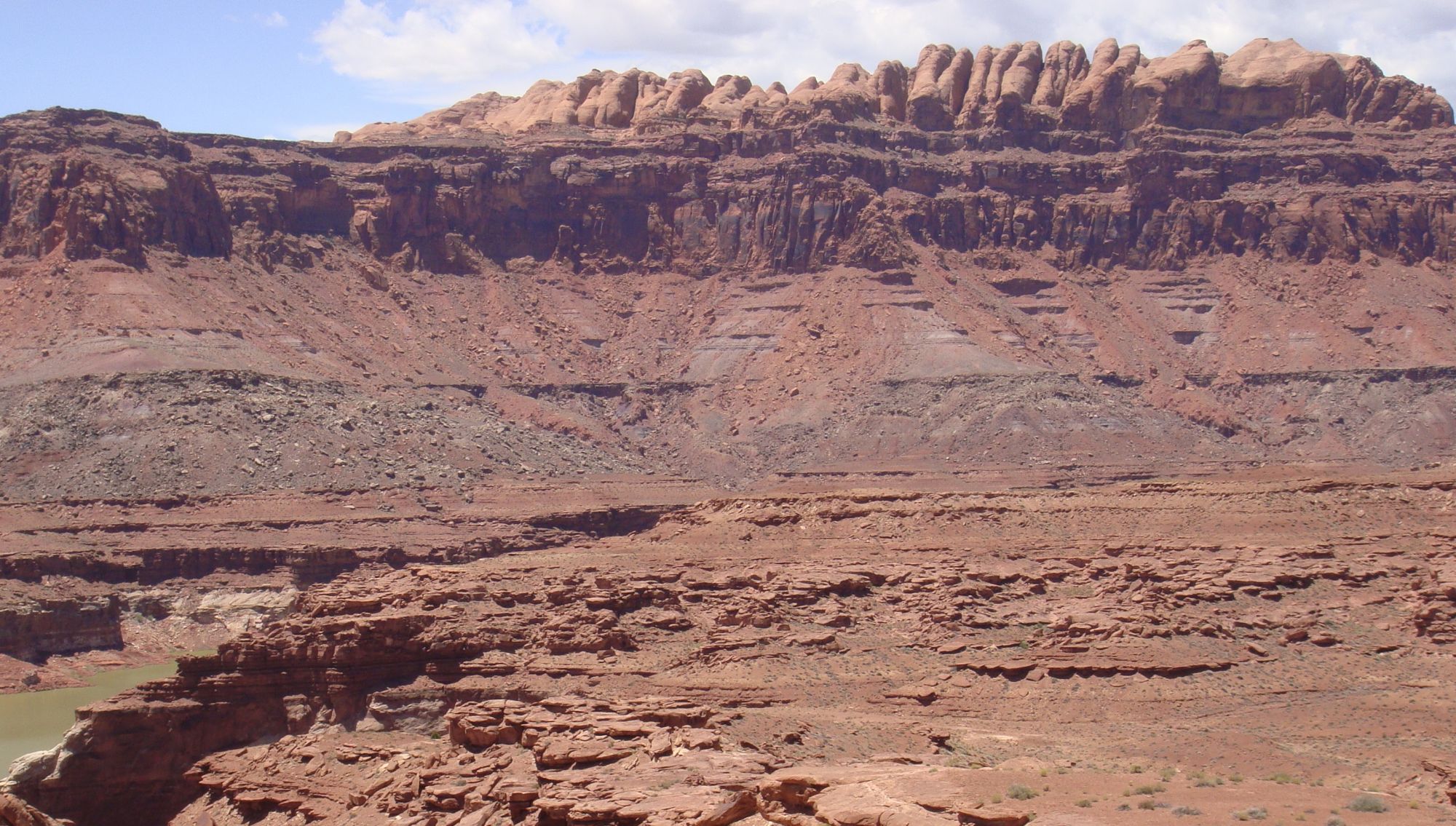
e) Topography and Landforms
Topography refers to the undulating condition of surface height, steepness of slope, and width of gully and valley. Geomorphology: characterizes the cause, process and era of terrain formation.f) Natural Building Materials
Also known as soil types. Cohesive soils, sandy soils, sandy pebble stones, gravel, block stones, etc. Cohesive soils, such as clay, are generally more problematic due to their high compressibility and low shear strength. Loose and granular soils, like sand and gravel, can also present challenges due to their low cohesion.3. Good and Poor Geological Condition is A Relative Concept
Good or poor geological condition is a relative concept because it is based on specific needs and purposes and needs to be analyzed on a case-by-case basis. The good and bad geological conditions are evaluated according to different utilization purposes and needs. For example, loose and porous, weakly cemented sandstone, which has low compressive strength and poor shear resistance, is prone to collapse and gush water in large construction projects, requiring extensive support measures. In this respect, it is a poor geological condition. But in the same condition, because of its well-developed pore space and good connectivity; when it is used as an oil storage site, oil and gas can be stored in the pore space and fracture of the rock, the larger the pore space as oil storage, the better the connectivity, the oil can be easily pumped out. And from this aspect is good geological condition. Therefore, good and poor geological condition is a relative concept that needs to take into account factors for different purposes and needs.
4. Options of Support Methods When Geological Conditions Are Poor
When faced with challenging geological conditions, there are several supporting methods that can be employed to increase stability. These methods vary depending on the specific conditions and requirements of the project. Here are some commonly used supporting methods:
Soldier Piles and Lagging: This method involves installing vertical steel piles (soldier piles) at regular intervals along the excavation perimeter. The space between the soldier piles is then filled with lagging, typically wooden planks or precast concrete panels. This system provides temporary support and prevents soil movement.
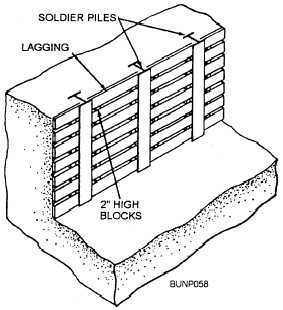
Secant Piles: Secant piles are constructed by drilling overlapping reinforced concrete piles. This technique creates a continuous wall of interlocking piles, which effectively prevents groundwater inflow and provides lateral support during excavation.
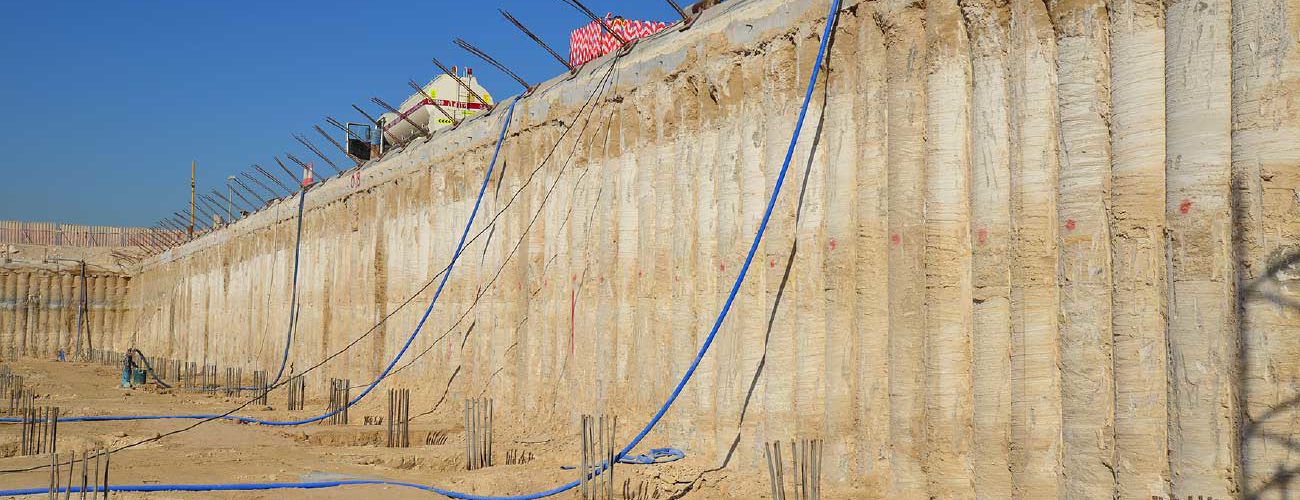
Sheet Piles: Sheet piles are thin, interlocking steel or concrete sections driven into the ground to create a continuous wall. They are commonly used in situations where groundwater control and excavation stability are required. Sheet piles can be temporary or permanent depending on the project needs.
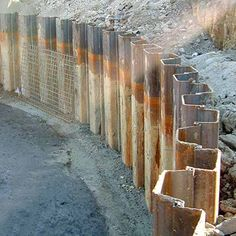
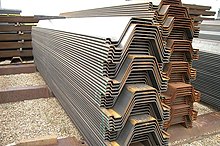
Soil Nailing: Soil nailing involves installing steel reinforcing bars (nails) into the soil at a slight downward angle. These nails are then grouted to provide additional support to the surrounding soil. This method is often used in slopes or excavations where lateral forces need to be resisted.
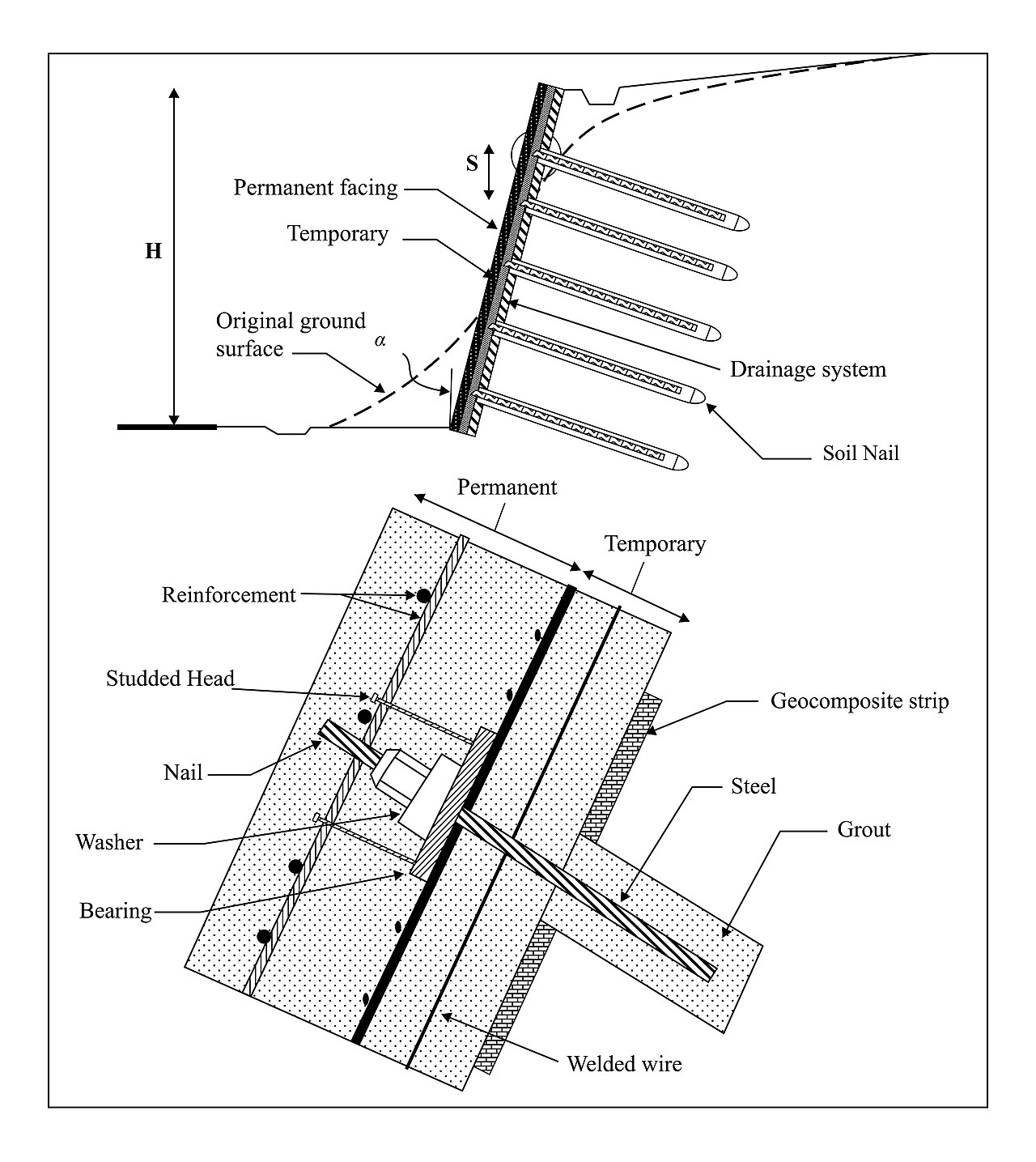
Micropile: Micropiles are slender, deep foundation elements used to transfer loads from structures to competent load-bearing strata. Micropiles are primarily used to transfer structural loads from buildings or other structures to deeper, more stable soil layers or bedrock.
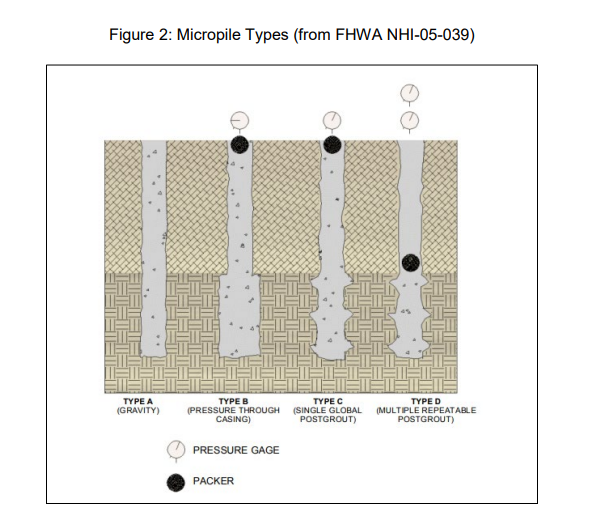
Jet Grouting: Jet grouting is a technique where a high-pressure jet of cementitious grout is used to mix and stabilize the surrounding soil. This creates a soil-cement mixture that provides increased strength and stability.
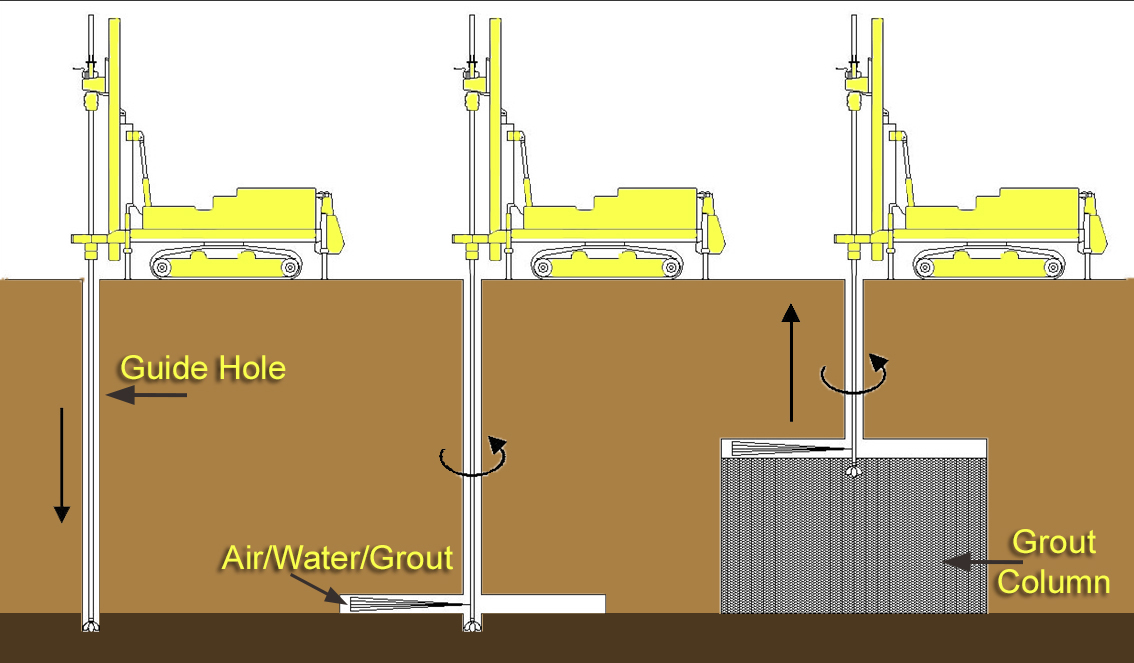
Shotcrete: Shotcrete involves spraying a mixture of cement, sand, and aggregate onto the excavated surface. The sprayed concrete acts as a temporary or permanent support system, depending on the design requirements.
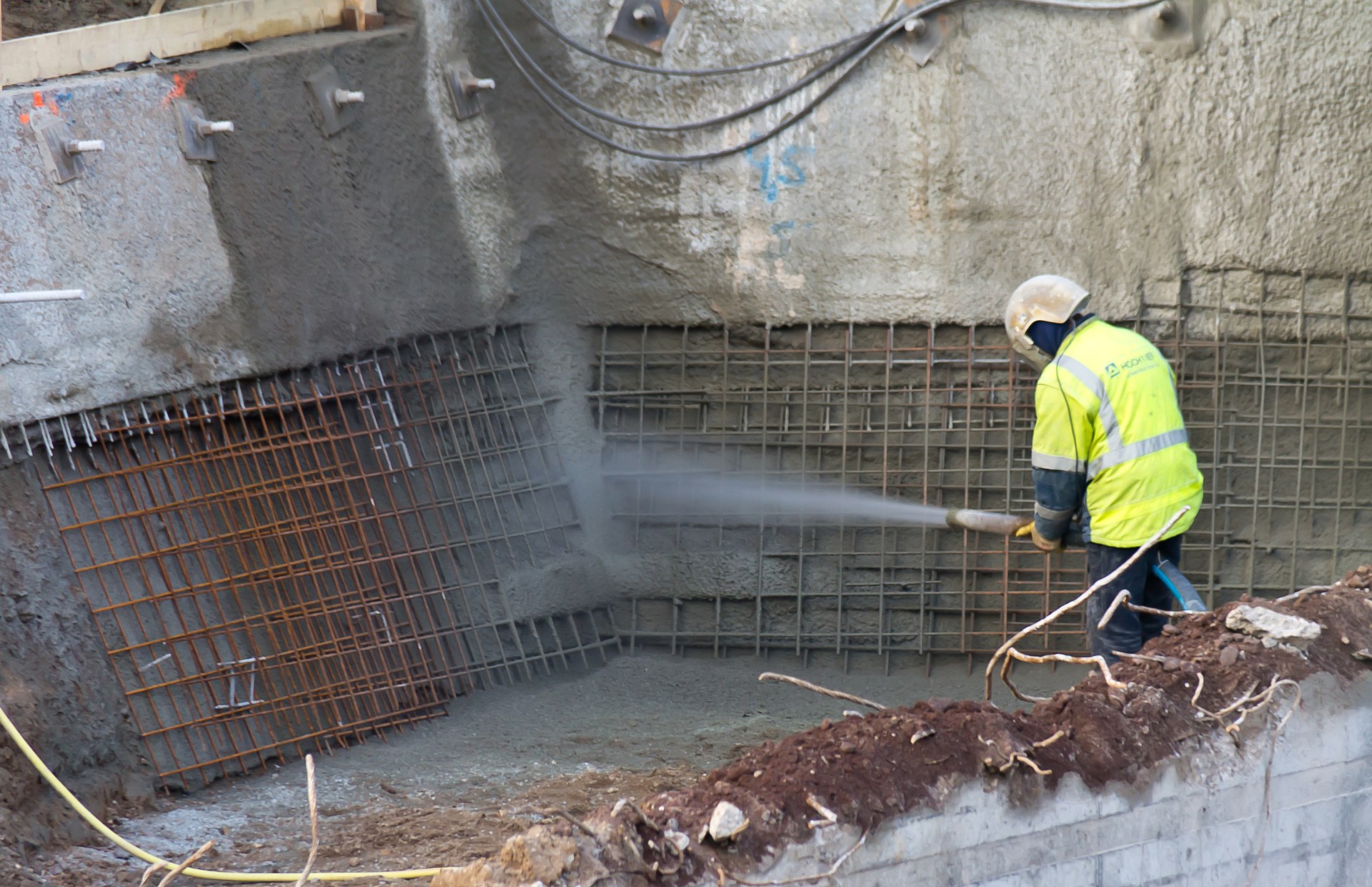
It is important to note that the selection of a specific bracing method depends on factors such as soil conditions, groundwater levels, project requirements, and budget considerations. Consulting with a geotechnical engineer or a qualified professional is recommended to determine the most suitable bracing method for a particular project.
5. Use Self-Drilling Anchor Bolts as Soil Nailing or Micropiles for Support Under Poor Geological Conditions
Self-drilling anchor bolts, also known as hollow anchor bars, have emerged as a highly recommended support method in poor geological conditions due to several advantages:
a) Ease of Installation
Self-drilling anchor bolts are designed with a hollow core and a drilling mechanism, allowing them to be installed with a single step. This eliminates the need for pre-drilling holes, which can be time-consuming and costly, especially in challenging geological conditions. The self-drilling feature simplifies the installation process, making it more efficient and cost-effective.b) Increased Bonding Capacity
Self-drilling anchor bolts are typically manufactured with a threaded surface along their length. This design enhances the bonding capacity between the bolt and the surrounding soil or rock. When installed, the grout injected into the drilled hole flows through the hollow core and fills the annulus between the bolt and the surrounding strata, creating a strong mechanical bond. This bond helps improve the load-bearing capacity and stability of the system.c) Suitable for Difficult Ground Conditions
Poor geological conditions often involve challenging ground formations, such as loose or weak soils, weathered rock, or groundwater presence. Self-drilling anchor bolts are effective in such conditions because they combine drilling and anchoring capabilities. The drilling mechanism allows the bolt to penetrate and stabilize loose or weak layers, while the grout injection strengthens the surrounding strata. This dual action provides effective reinforcement in difficult ground conditions.d) Versatility and Adaptability
Self-drilling anchor bolts can be customized and adapted to various ground conditions and project requirements. They are available in different lengths and diameters to accommodate specific design needs. The bolts can also be installed at different angles, making them suitable for a wide range of applications, including soil nailing, slope stabilization, and foundation support.
e) Cost and Time Efficiency
By eliminating the need for separate drilling operations, self-drilling anchor bolts save time and reduce labor costs. The simplified installation process reduces project duration and minimizes disruptions. Additionally, the ability to install self-drilling anchor bolts in difficult ground conditions without requiring extensive ground improvement techniques or specialized equipment can result in significant cost savings.
Conclusion
Selecting an appropriate support method in poor geological conditions is essential to ensure the safety and stability of structures. Through careful site investigation and analysis, engineers can determine the geological condition and select the most suitable support method. Among the various options available, self-drilling anchor bolts have gained significant popularity due to their versatility, simplicity, immediate load transfer, corrosion resistance, and enhanced bonding capabilities. By employing the right support method, construction projects can be carried out efficiently and with minimized risks, even in challenging geological conditions.
Sinorock is a professional self-drilling anchor bolt manufacturer and has years of experience in slope stability, foundation support, and underground engineering. If you have any questions, welcome contact us sinorock@sinorockco.com.
latest news
-

- What Are the Applications of SDA Bolts in Hydropower Stations?
- Time:2025-08-21From:This Site
- Learn how self-drilling anchor bolts enhance slope stability, tunnel support, and dam reinforcement in complex geological conditions at hydropower stations. Optimize hydropower projects with efficient, cost-effective, and eco-friendly solutions.
- View details
-

- Slope Stabilization with SDA Bolts: Benefits & Applications
- Time:2025-08-19From:This Site
- Discover how self-drilling anchor bolts (SDA bolts) provide superior slope stabilization for highways, railways, and tunnels. Learn their key benefits, installation process, and real-world applications in loose or collapsible soils.
- View details
-

- How Self-Drilling Rock Bolts Enhance Tunnel Support in Fractured Rock?
- Time:2025-08-15From:This Site
- Discover how self-drilling rock bolts enhance tunnel support in fractured rock. Learn their benefits, installation steps, and real-world applications for safe, efficient tunneling.
- View details
-

- Sinorock 2025 Quality Month | Strengthening Quality Foundations, Empowering Product Excellence
- Time:2025-08-13From:This Site
- Sinorock’s 2025 Quality Month, themed “Strengthening Quality Foundations, Empowering Product Excellence,” successfully concluded, reinforcing our commitment to superior product quality.
- View details
-

- Sinorock Safety Month 2025 | Everyone Speaks Safety, Everyone Can Respond
- Time:2025-07-03From:This Site
- Sinorock Safety Month 2025, centered on the theme "Everyone Speaks Safety, Everyone Can Respond - Spot Workplace Hazards," has wrapped up successfully!
- View details
-

- Quality Control: the Vital Factor of A SDA Bolt Factory
- Time:2025-01-09From:This Site
- Sinorock’s comprehensive quality control system, from supplier management to outgoing inspections, ensuring the highest standards for self-drilling anchor bolts in construction.
- View details
-

- Sinorock Invites You to Explore Proven Self-Drilling Anchor Bolt Solutions at bauma 2025
- Time:2025-03-07From:This Site
- From April 7–13, 2025, explore Sinorock’s Self-drilling anchor bolt solution at Booth C2.513/4 in Hall C2 of the Messe München Exhibition Center (Munich, Germany).
- View details
-
.jpg)
- SINOROCK to Attend EXPOMINA PERÚ 2024 in Lima, Peru
- Time:2024-08-10From:This Site
- Sinorock to Attend EXPOMINA PERÚ 2024 in Lima, Peru
- View details
-
.jpg)
- SINOROCK to Participate in MINING AND METALS CENTRAL ASIA 2024
- Time:2024-08-08From:This Site
- SINOROCK to Participate in MINING AND METALS CENTRAL ASIA 2024
- View details
 Download
Download 


